As the sun rose over the verdant landscape of Hangzhou, the ruins of an ancient city awakened with excitement in a hot summer’s day. July 6 marks a day of historical significance and cultural celebration, and this year, we are commemorating the 5th anniversary of the successful listing of the Archaeological Ruins of Liangzhu City as a UNESCO World Heritage Site, a title that underscores its importance in the annals of human civilization.

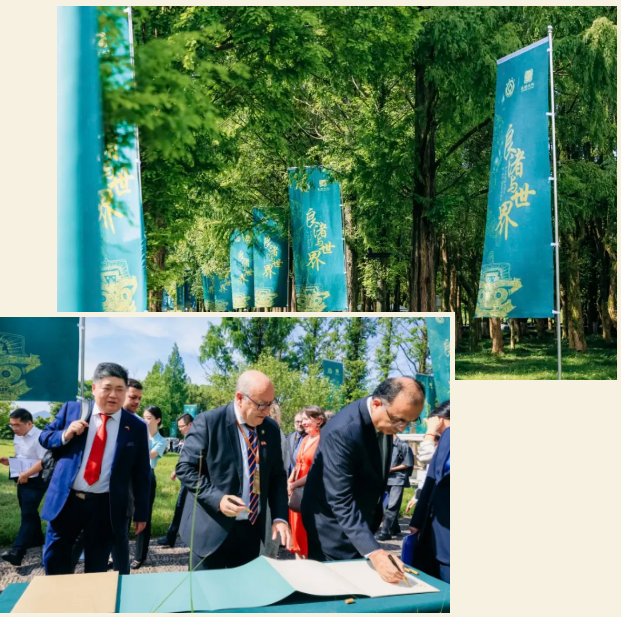
The celebrations of the 5th Liangzhu Day began on July 5 as guests came all the way from Spain to witness these ancient ruins and took a glimpse into a sophisticated yet mysterious society that flourished over 5,000 years ago.
Three international students from Hangzhou Dianzi University were invited by Hangzhoufeel to attend the event.
From the Dialogue to the photography exhibition at the Liangzhu Museum, they entered a gateway to understanding the significance of both Liangzhu City and Toledo City, offering a deeper appreciation of both cultures and their lasting impact on Chinese and Spanish civilizations. These events serve as a reminder of the importance of preserving our cultural heritage and learning from the past to build a better future. “The event was a melting pot of cultures, where I had the pleasure of meeting people from various countries, each bringing their unique perspectives and backgrounds,” said Dafli Abderrahim from Morocco.
The beginning of Liangzhu Day celebrations
Arriving at the Archaeological Ruins of Liangzhu City, the group of Spanish guests were greeted by a landscape that beautifully merges the ancient with the modern. The well-preserved ruins are set against a backdrop of rolling hills and lush greenery, providing a serene environment for exploration. They were taken on a journey back in time by exploring the palaces, tombs, and intricate water management systems, reflecting the advanced engineering and social organization of the Neolithic Liangzhu culture. They also participated in small workshops such as the carving of the jade bird, a symbolic engravement of the spiritual and ritualistic practices in Liangzhu, immersing themselves in the craftsmanship of this ancient culture.
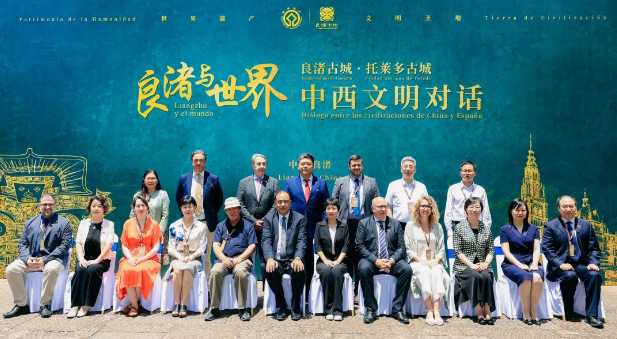
Juan Ignacio Barañano Abasolo, President of the China-Spain Cultural and Economic Exchange Assoclauon immediately wore the "jade bird necklace" he had crafted. He shared, "This is my first time polishing jade, and I think it's beautiful. I will take it back home to share with my friends and tell them the story of Liangzhu.”
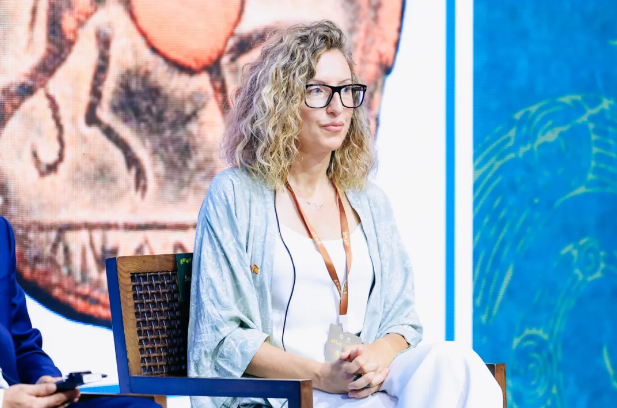
Susana Alcalde Amieva, Deputy Director or spanish cultural Heritage Institute (IPCE), said Liangzhu provided a new model on heritage protection. “In contemporary practice, the emergence of artifacts and objects is not merely about fulfilling a significant assignment but about preserving the context in which they were found. Historically, items were often excavated, transferred to museums, and displayed in exhibitions.”
“However, Liangzhu's approach emphasizes the importance of experiencing these cultural objects in their original locations. This method is fascinating because these sites possess a unique energy, deeply connecting the past civilization with present-day visitors.” As a historian and curator, I find this approach profoundly valuable. It highlights the importance of preserving archaeological sites in situ, allowing for a more authentic and meaningful exploration of our shared heritage.”she added.
Dialogue between two culture
The 2024 Hangzhou Liangzhu Day also marked a new era of dialogue and communication between eastern and western cultures. An event titled Liangzhu and the World-Dia- logue Between Chinese and Spanish Civilizations: "Liangzhu Ancient City • Toledo Ancient City” took place on July 6 in the Archaeological Ruins of Liangzhu City.
The Dialogue highlighted two of these significant world heritage sites: the Archaeological Ruins of Liangzhu City in China and the Ancient City of Toledo in Spain. Both sites exemplify the rich civilizations of their respective countries.
The Archaeological Ruins of Liangzhu City serves as concrete evidence of China's 5,000-year-old civilization. It represents the Yangtze River Delta's significant contribution to the "multi-integration" origins of Chinese civilization. This site is a remarkable achievement of prehistoric rice cultivation in East Asia and China over 5,000 years ago, standing as an outstanding example of early urban civilization in human history. Its intricate water management system, a crucial component of the city's planning, highlights the scientific prowess of early Chinese hydraulic engineering and is considered a masterpiece in the history of urban development in China and beyond.
The Ancient City of Toledo, one of Spain's former capitals, has a history spanning over 2,200 years. This historic and culturally rich city is renowned for its well-preserved medieval architecture and extensive cultural heritage, earning it the nickname "The Light of Spain.”
Separated by over 10,000 kilometers and three millennia, the Liangzhu City and the Ancient City of Toledo each have unique characteristics. However, both demonstrate a blend of diverse cultural influences and sophisticated urban planning, embodying the historical wisdom of the people from both nations.
Professor Shahbaz Khan UNESCO Director of Regional Science Bureau for Asia and the Pacific, said that he was particularly impressed by the advanced dam systems and rice economy that existed in Liangzhu 5,000 years ago, showcasing the high level of societal development during that period. “This visit has been truly inspiring. We look forward to engaging in more cultural dialogues with Liangzhu and Hangzhou to further enhance the exchange and integration of Chinese and Western cultures,” he added.
Exhibition showcases Ancient Civilization of Toledo
Currently, the exhibition featuring excellent photos of the Ancient Civilization of Toledo is showcased in the Liangzhu Museum. Nearly one hundred vivid photographs illustrating the rich history and cultural heritage of the Toledo region were displayed, offering visitors a visual journey through time and across renowned sites.
Mario Gómez, Press officer and coordinator of presidential affairs of the Toledo provincial council, picked these pictures that are on display. On the selection of those photos, Mario said, “All monuments, places, theaters, castles, and churches represent the legacy of ancient generations. These sites vividly showcase the ingenuity and history of their eras, underscoring their significance. Spain, in particular, bears a significant responsibility in sharing this rich cultural heritage with the rest of the world.”
He also regards Toledo as a truly treasure and a standout piece. “It's a wonderful experience to be here in China, sharing the beauty and heritage of our province with the Chinese people,” he added. The exhibition will last until Aug 6.
Journalist: Jin Yingying
Intern: Wu Jing
Editor: Fang Jingyi
Senior editor: Zhou Ji, Li Zheng
Source: Hangzhoufeel


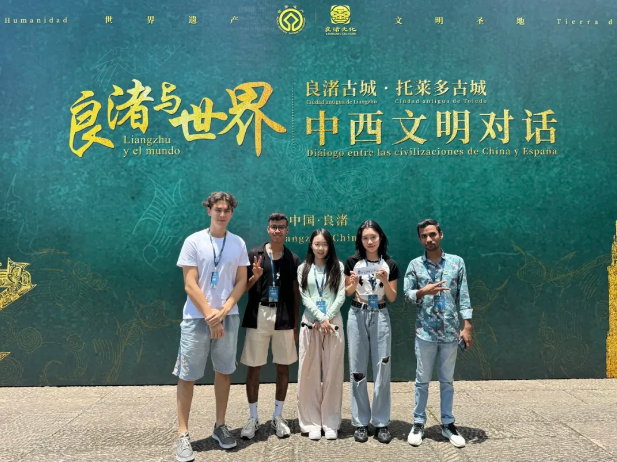



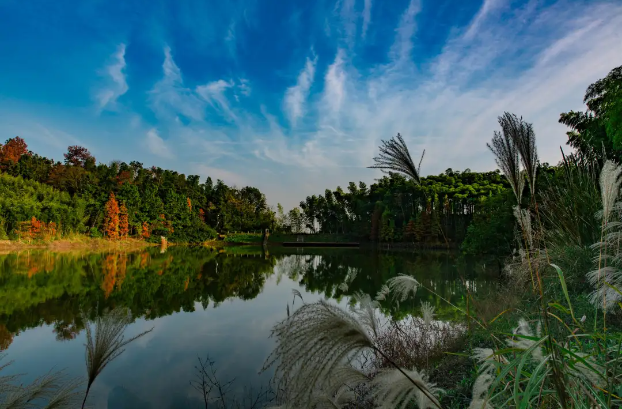
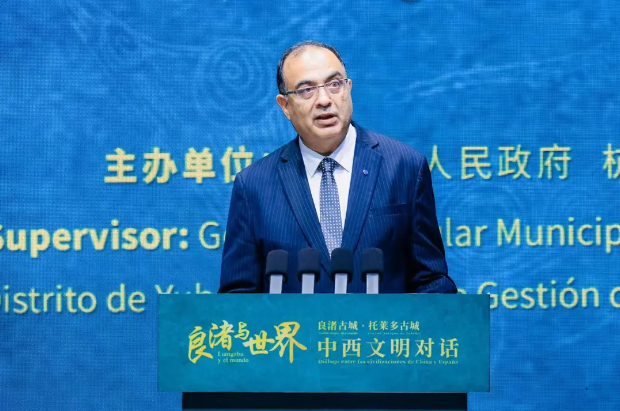
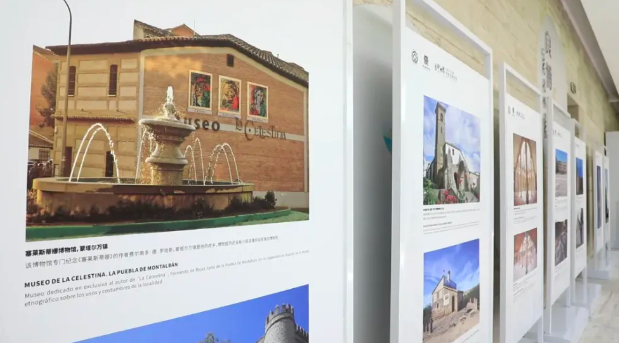
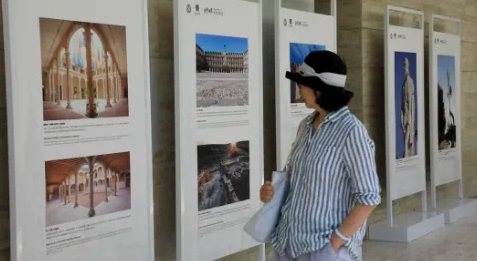

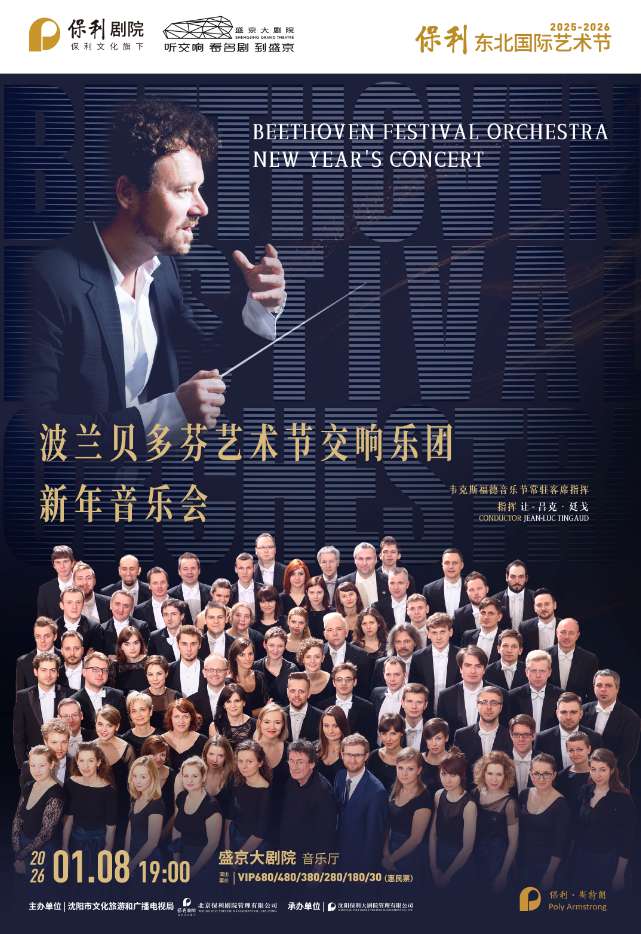
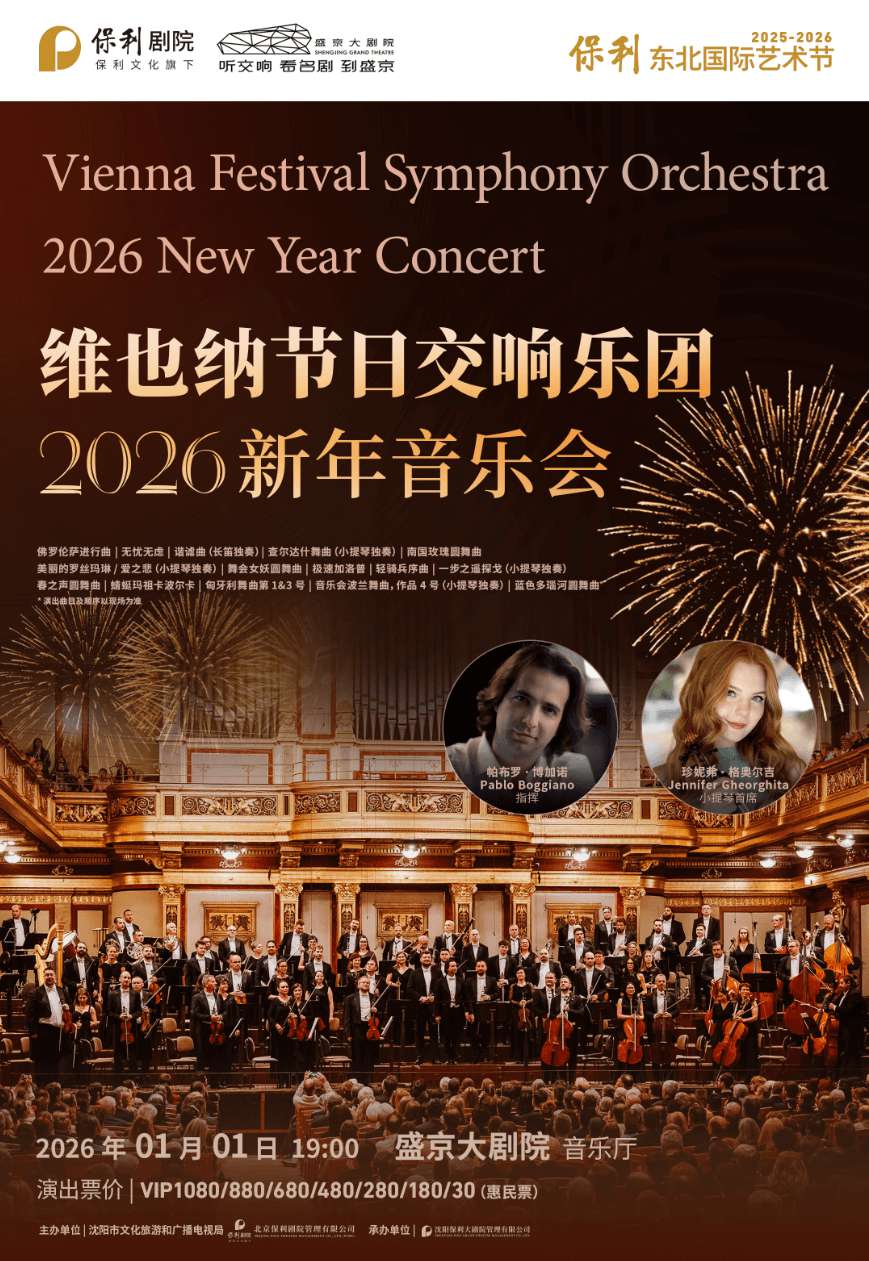
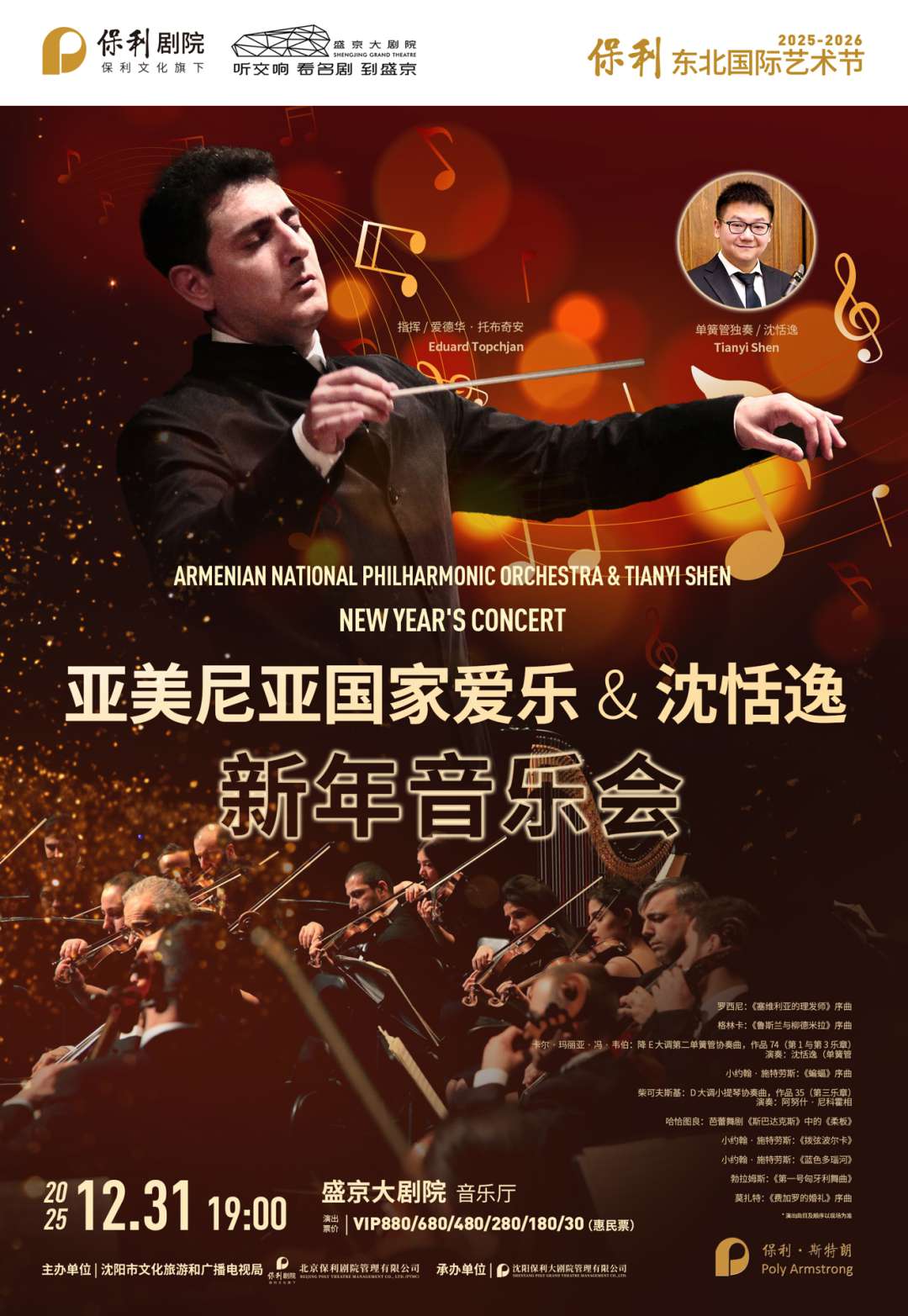
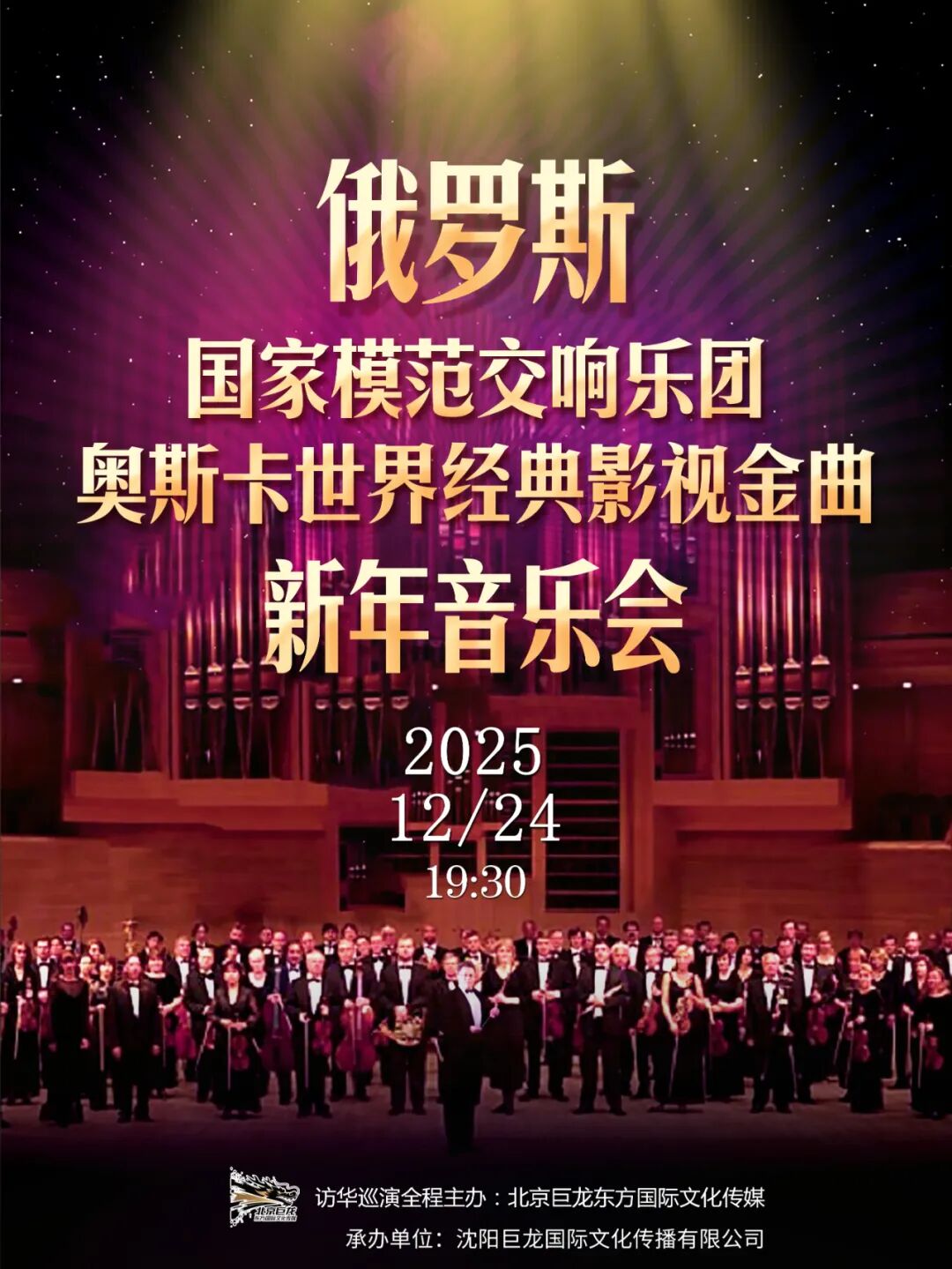
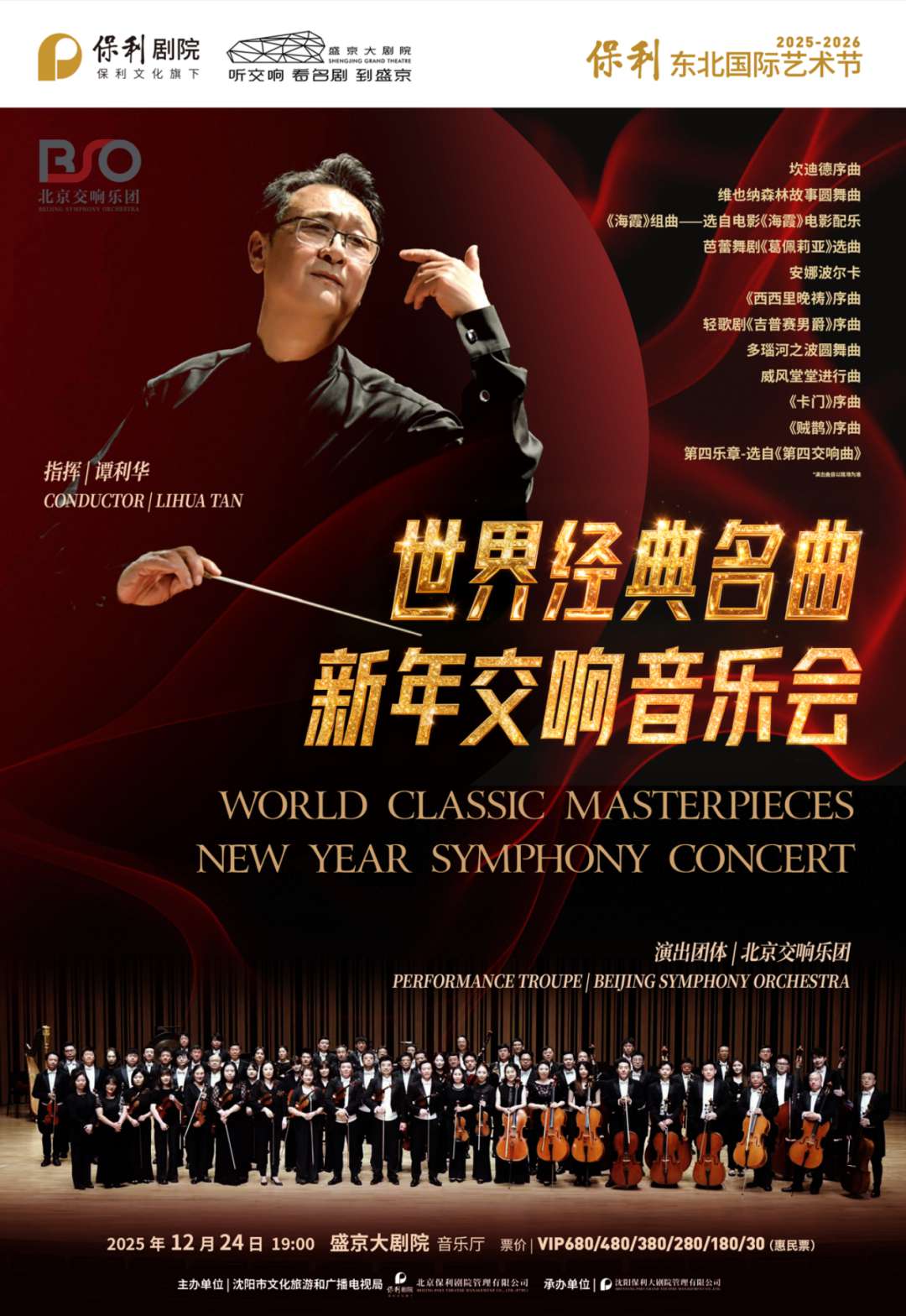


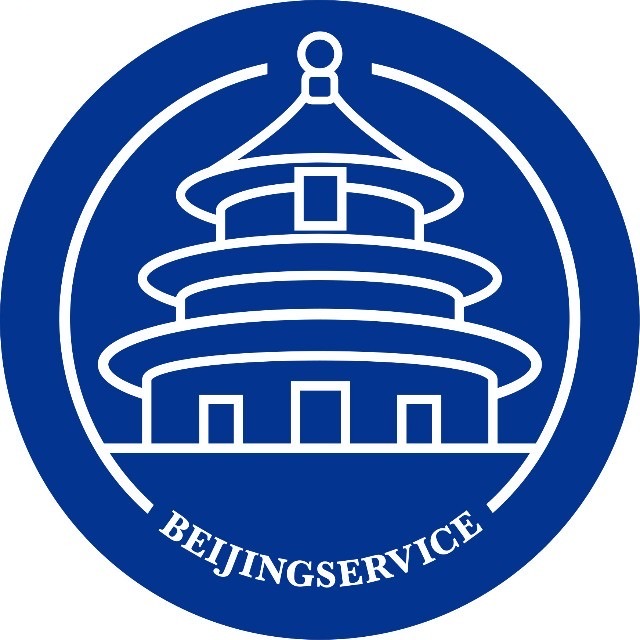
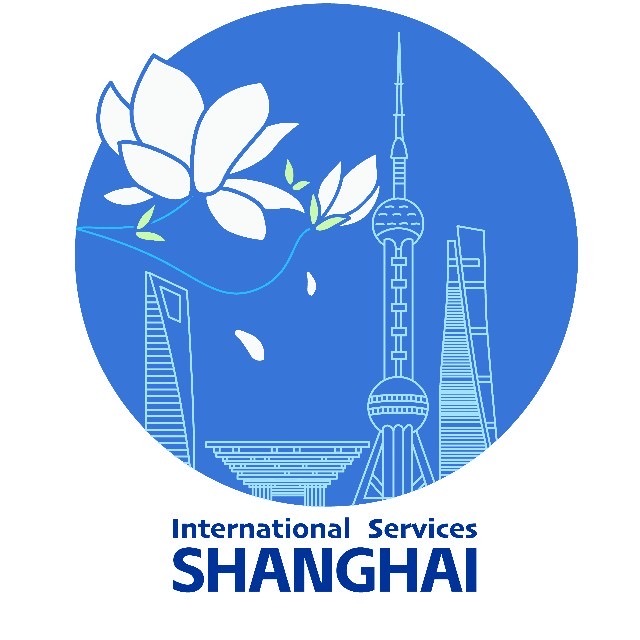



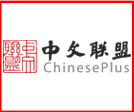
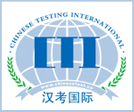
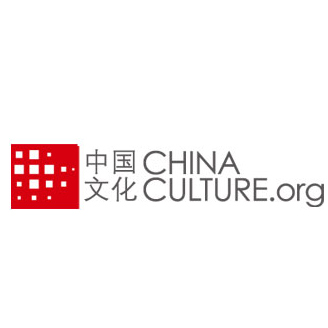
 京公网安备
京公网安备